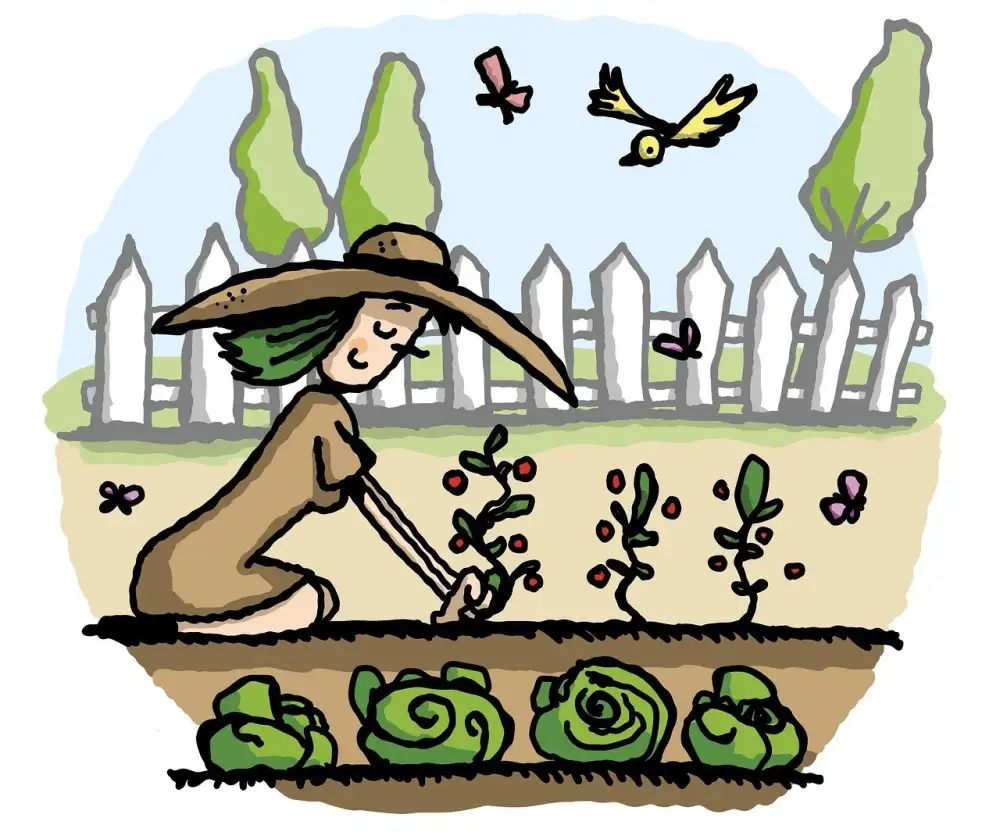Mastering Hydrangea Care: Essential Tips for a Thriving Home Garden

- Choosing the Right Location for Hydrangeas
- Understanding Hydrangea Watering Needs
- Fertilizing Hydrangeas for Healthy Growth
- Pruning Hydrangeas to Promote Blooming
- Protecting Hydrangeas from Pests and Diseases
- Overwintering Hydrangeas for Cold Climate Regions
- Troubleshooting Common Hydrangea Care Issues
Hydrangeas are stunning flowering plants that add beauty and elegance to any home garden. With their vibrant colors and large, showy blooms, they are a favorite among gardeners and flower enthusiasts. However, to ensure that your hydrangeas thrive and flourish, proper care is essential. In this article, we will explore the key aspects of hydrangea care, including choosing the right location, watering needs, fertilizing techniques, pruning methods, pest and disease prevention, overwintering tips for cold climates, and troubleshooting common issues. By mastering these essential tips, you can enjoy the full beauty of hydrangeas in your home garden.
Choosing the Right Location for Hydrangeas
Choosing the right location for hydrangeas is crucial for their overall health and growth. These beautiful flowering plants thrive in areas with partial shade, receiving morning sun and afternoon shade. Avoid planting them in full sun as it can cause their leaves to wilt and burn. Additionally, ensure that the soil is well-draining and rich in organic matter. Hydrangeas prefer moist soil but can suffer from root rot if the soil becomes waterlogged. By selecting a suitable location, you can provide your hydrangeas with the ideal conditions for them to flourish in your home garden.
Understanding Hydrangea Watering Needs
Proper watering is crucial for the health and vitality of hydrangeas. These beautiful flowers require consistent moisture, but overwatering can be just as detrimental as underwatering. The key is to find the right balance.
Hydrangeas prefer moist soil, so it's important to keep the soil consistently damp. Avoid letting the soil dry out completely between waterings, as this can stress the plants and lead to wilting. On the other hand, excessive water can cause root rot and other diseases.
To determine when to water your hydrangeas, check the soil moisture level regularly. Stick your finger about an inch into the soil – if it feels dry at that depth, it's time to water. A good rule of thumb is to provide about 1 inch of water per week during hot weather.
When watering hydrangeas, aim for deep irrigation rather than light sprinkling. This encourages the roots to grow deeper into the ground, making them more resilient and better able to withstand drought conditions.
In addition to regular watering, consider mulching around your hydrangeas. Mulch helps retain moisture in the soil by reducing evaporation and suppressing weed growth. Apply a layer of organic mulch, such as wood chips or shredded bark, around the base of the plants.
Remember that different types of hydrangeas have slightly different watering needs. For example, mophead hydrangeas (Hydrangea macrophylla) prefer more moisture compared to panicle hydrangeas (Hydrangea paniculata). Be sure to research specific care instructions for your particular variety.
By understanding and meeting their watering needs, you can ensure that your hydrangeas thrive and produce stunning blooms throughout the growing season.
Fertilizing Hydrangeas for Healthy Growth
Proper fertilization is crucial for the healthy growth of hydrangeas. These flowering plants require a well-balanced fertilizer to thrive. The best time to fertilize hydrangeas is in early spring, just as new growth begins. Use a slow-release, balanced fertilizer with equal amounts of nitrogen, phosphorus, and potassium. Avoid high-nitrogen fertilizers, as they can lead to excessive foliage growth at the expense of blooms. Apply the fertilizer around the base of the plant, taking care not to let it touch the leaves or stems. Water thoroughly after fertilizing to help nutrients reach the roots. Regular feeding throughout the growing season will ensure vibrant blooms and strong, healthy plants.
Pruning Hydrangeas to Promote Blooming
Pruning hydrangeas is essential for promoting blooming and maintaining a healthy plant. The timing and technique of pruning depend on the type of hydrangea you have. For mophead and lacecap hydrangeas, which bloom on old wood, prune immediately after flowering. Remove any dead or damaged wood, as well as weak stems to encourage stronger growth. For panicle and smooth hydrangeas, which bloom on new wood, prune in late winter or early spring before new growth appears. Cut back the stems to about one-third of their height to promote vigorous blooming. Remember, proper pruning will ensure a bountiful display of beautiful blooms in your garden.
Protecting Hydrangeas from Pests and Diseases
To ensure the health and beauty of your hydrangeas, it's important to protect them from pests and diseases. One common pest that can wreak havoc on hydrangeas is the aphid. These tiny insects feed on the sap of the plant, causing stunted growth and distorted leaves. To combat aphids, regularly inspect your plants for signs of infestation and use insecticidal soap or neem oil to control their population.
Another common problem for hydrangeas is powdery mildew, a fungal disease that appears as a white powdery coating on the leaves. This can be prevented by providing adequate air circulation around the plants and avoiding overhead watering. If powdery mildew does occur, treat it with a fungicide specifically formulated for this disease.
Spider mites are another pesky pest that can attack hydrangeas. These tiny arachnids suck the sap from the leaves, causing yellowing and stippling. To prevent spider mite infestations, keep your plants well-watered and regularly mist them to increase humidity levels. If you do notice spider mites, use an insecticidal soap or horticultural oil to control their population.
Lastly, be on the lookout for slugs and snails, which love to feast on hydrangea foliage. These slimy creatures can quickly defoliate your plants if left unchecked. To deter them, create barriers such as copper tape around your plants or use organic slug pellets.
By taking proactive measures to protect your hydrangeas from pests and diseases, you can ensure they thrive in your home garden and continue to dazzle with their stunning blooms.
Overwintering Hydrangeas for Cold Climate Regions
For those living in cold climate regions, it is essential to properly prepare your hydrangeas for the winter months. Start by pruning the branches back to about 18 inches above the ground. This will help prevent breakage from heavy snowfall.
Next, create a protective barrier around the base of the plant using mulch or straw. This will insulate the roots and help retain moisture during freezing temperatures.
To further protect your hydrangeas from harsh winter conditions, consider covering them with burlap or a frost blanket. This will shield them from strong winds and extreme cold.
Remember to water your hydrangeas thoroughly before the ground freezes. This will ensure they have enough moisture to sustain them throughout the winter.
By following these steps, you can successfully overwinter your hydrangeas and enjoy their vibrant blooms year after year, even in cold climate regions.
Troubleshooting Common Hydrangea Care Issues
Even with proper care, hydrangeas can sometimes encounter issues. Here are some common problems and their solutions:
1. Wilting leaves: If your hydrangea's leaves are wilting, it may be a sign of underwatering. Ensure the plant receives adequate water, especially during hot summer months.
2. Yellowing leaves: Yellowing leaves can indicate nutrient deficiencies or overwatering. Adjust the watering schedule and consider using a balanced fertilizer to provide necessary nutrients.
3. Lack of blooms: If your hydrangea isn't blooming, it may be due to pruning at the wrong time or improper fertilization. Avoid heavy pruning in late summer or fall, as this removes next year's flower buds. Use a fertilizer high in phosphorus to encourage blooming.
4. Leaf spots: Leaf spots can be caused by fungal diseases such as powdery mildew or leaf spot fungus. Remove affected leaves and treat with a fungicide if necessary.
5. Pest infestations: Common pests that affect hydrangeas include aphids, spider mites, and scale insects. Use insecticidal soap or neem oil to control these pests.
By identifying and addressing these common issues promptly, you can ensure your hydrangeas remain healthy and vibrant throughout the growing season.
In conclusion, mastering the care of hydrangeas is essential for creating a thriving home garden. By choosing the right location, providing adequate watering and fertilization, pruning for blooming, protecting against pests and diseases, and overwintering in cold climates, you can ensure the health and beauty of your hydrangeas. Remember to troubleshoot any issues that may arise along the way. With proper care, you will be able to enjoy the stunning blooms of hydrangeas in your home garden for years to come.
Published: 11. 12. 2023
Category: Home



